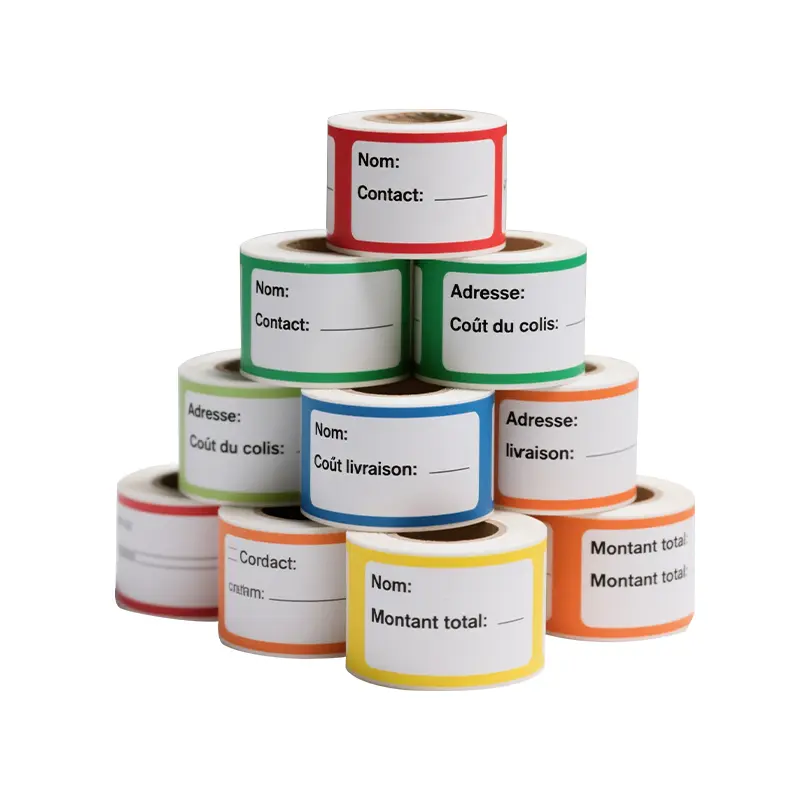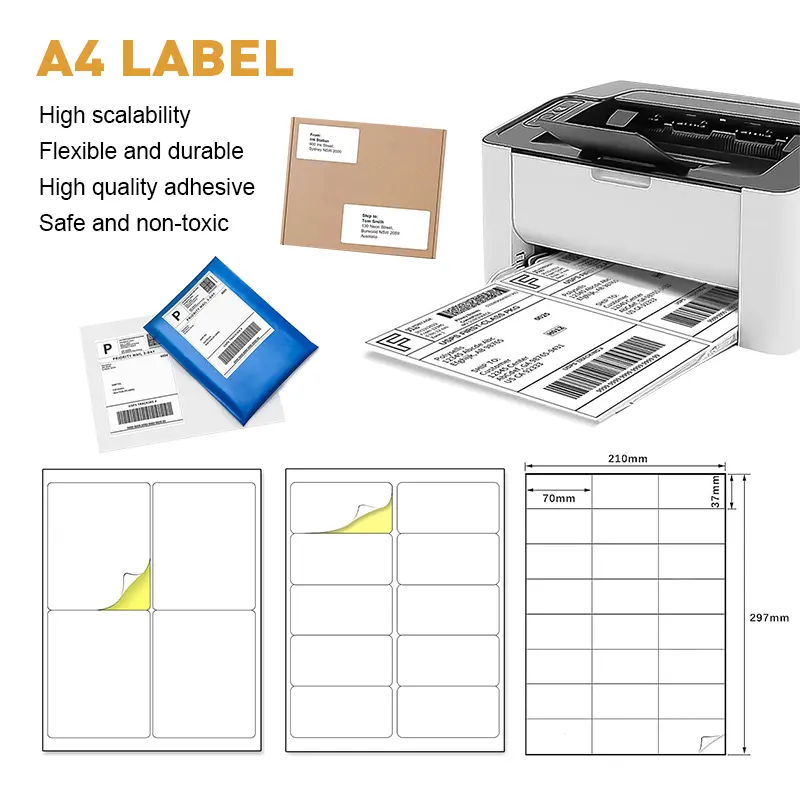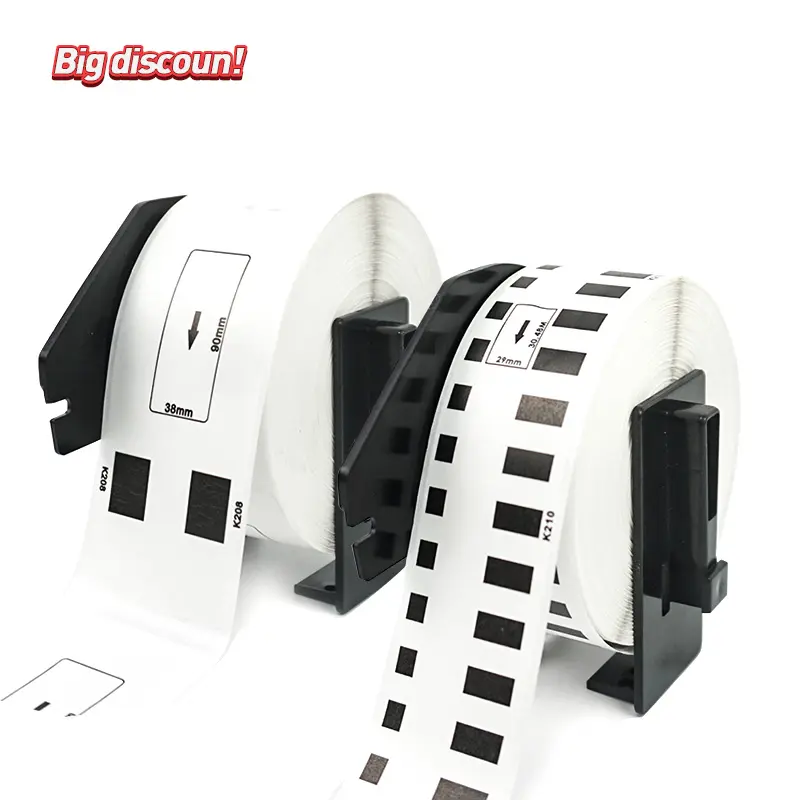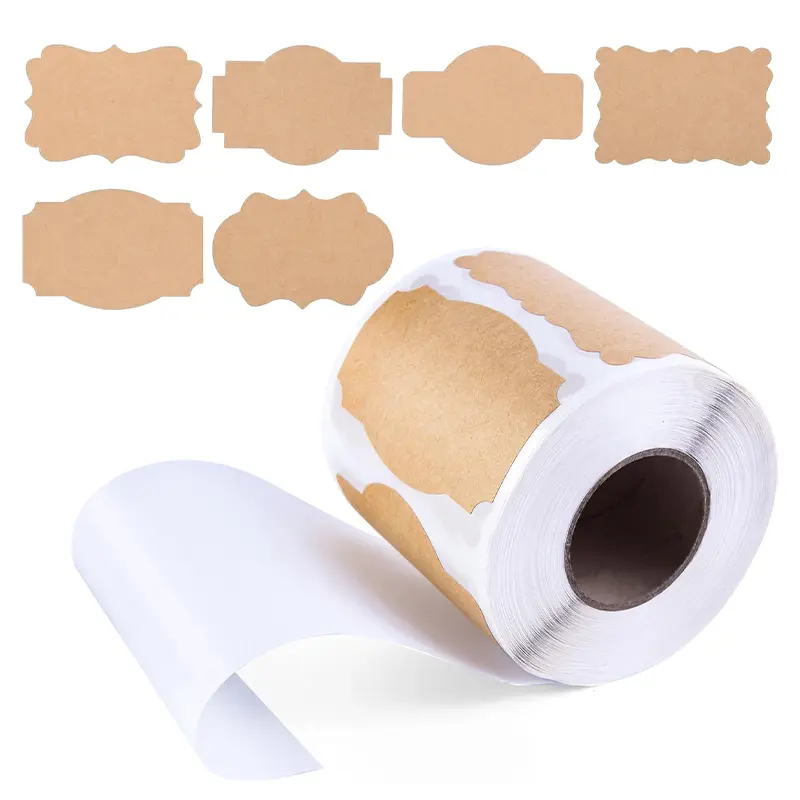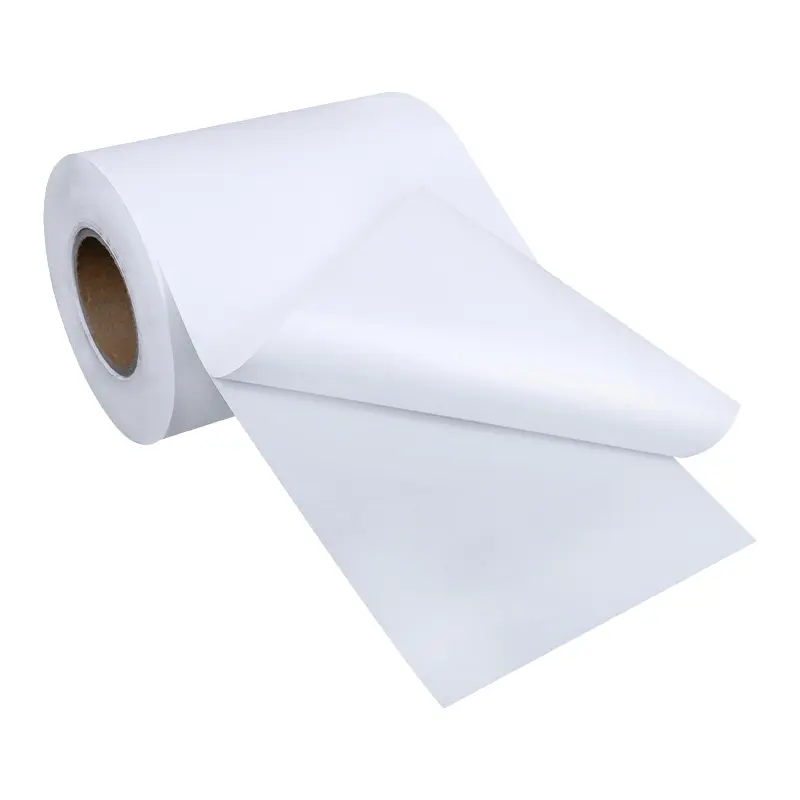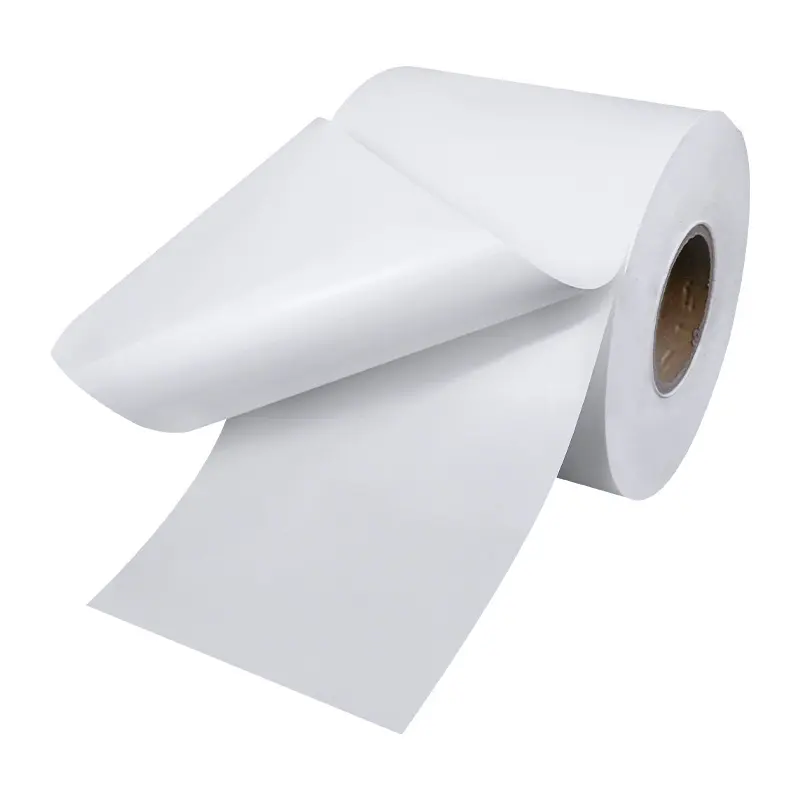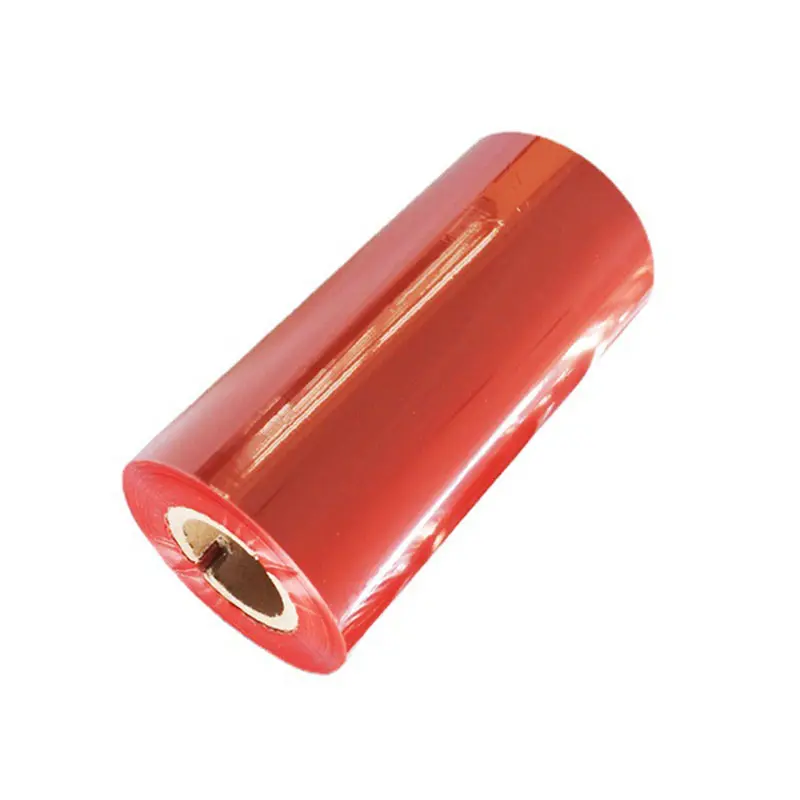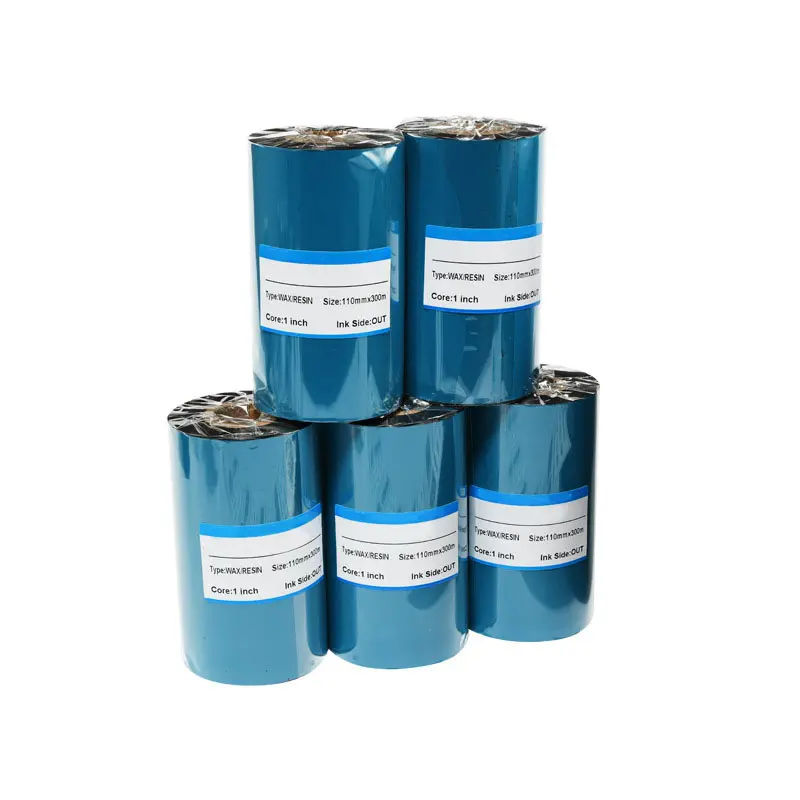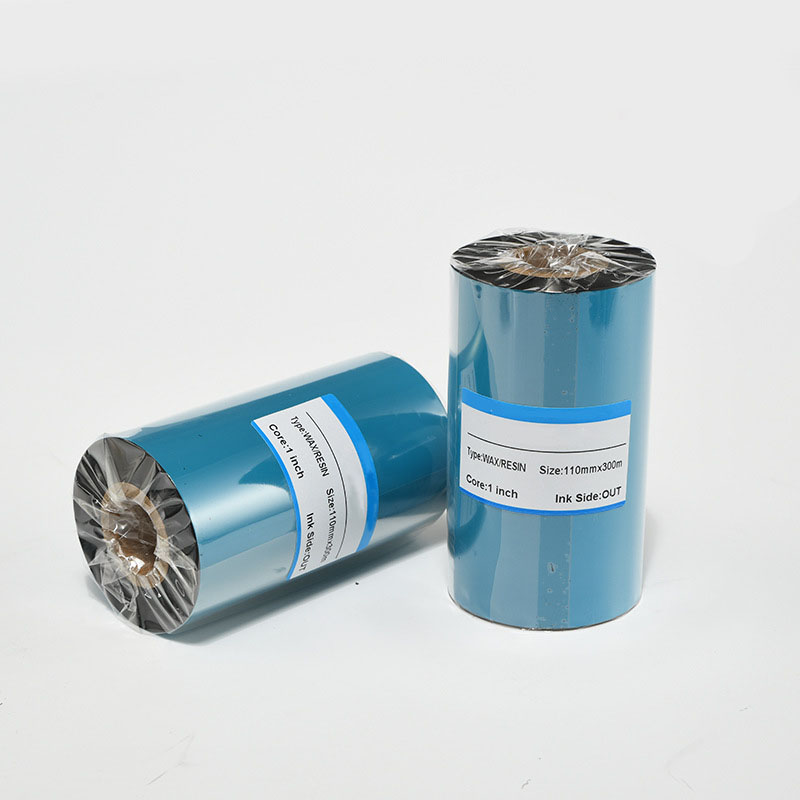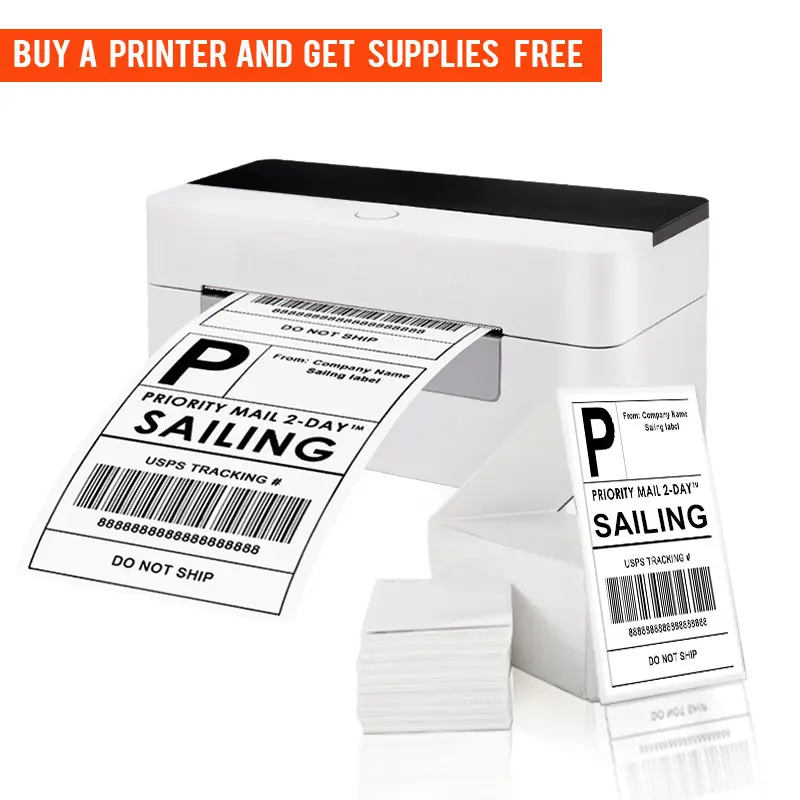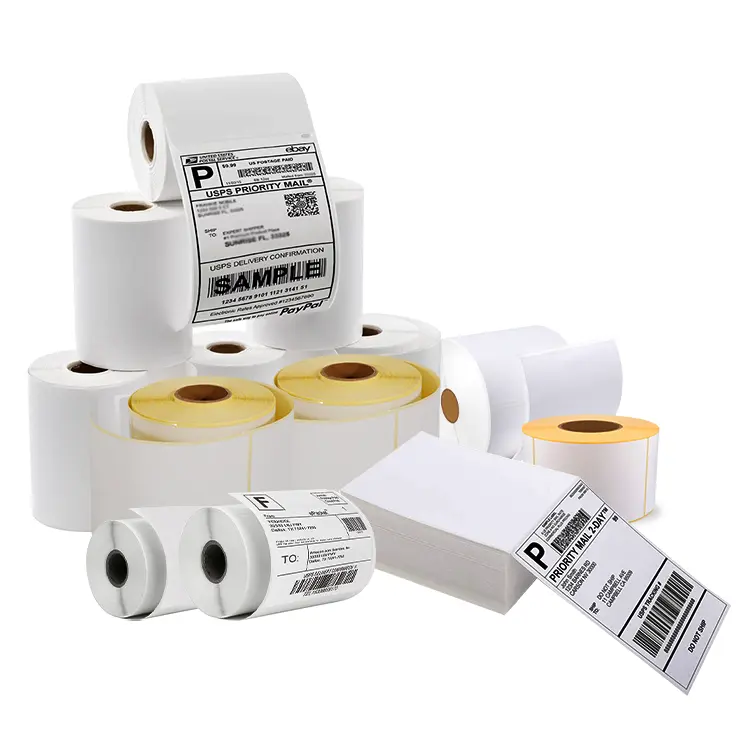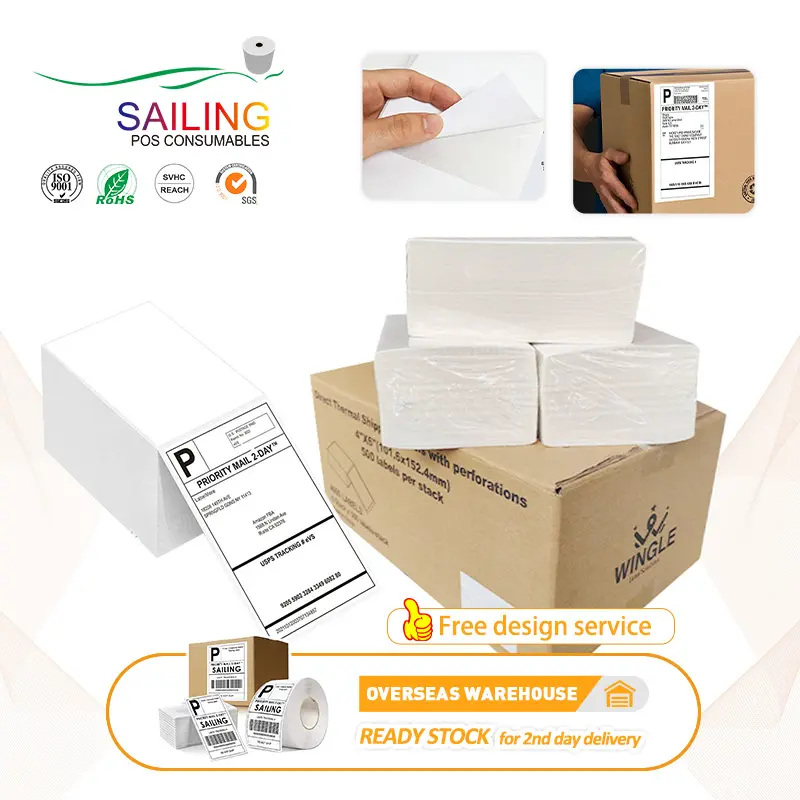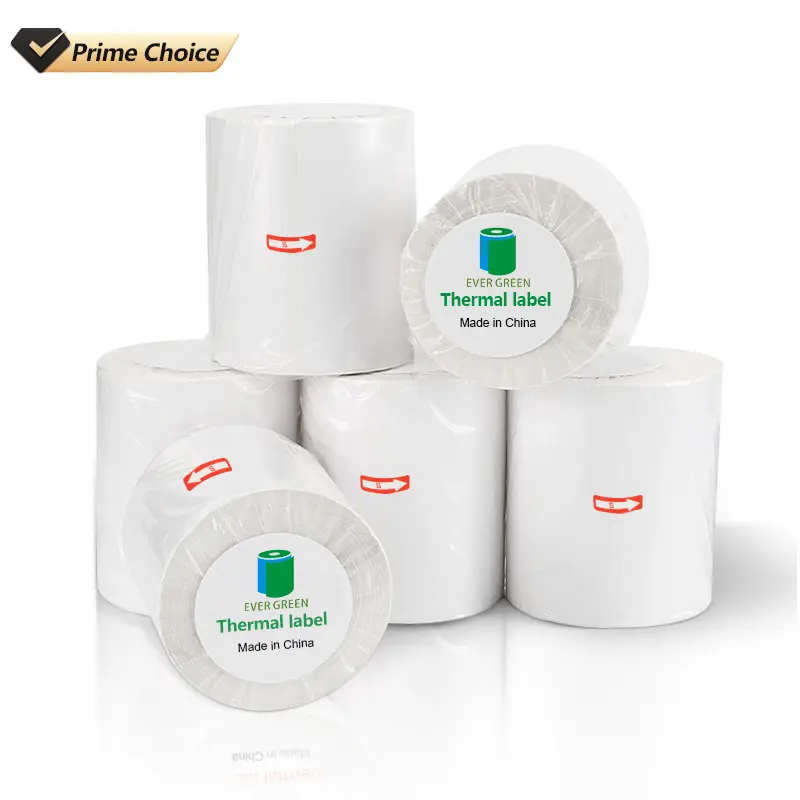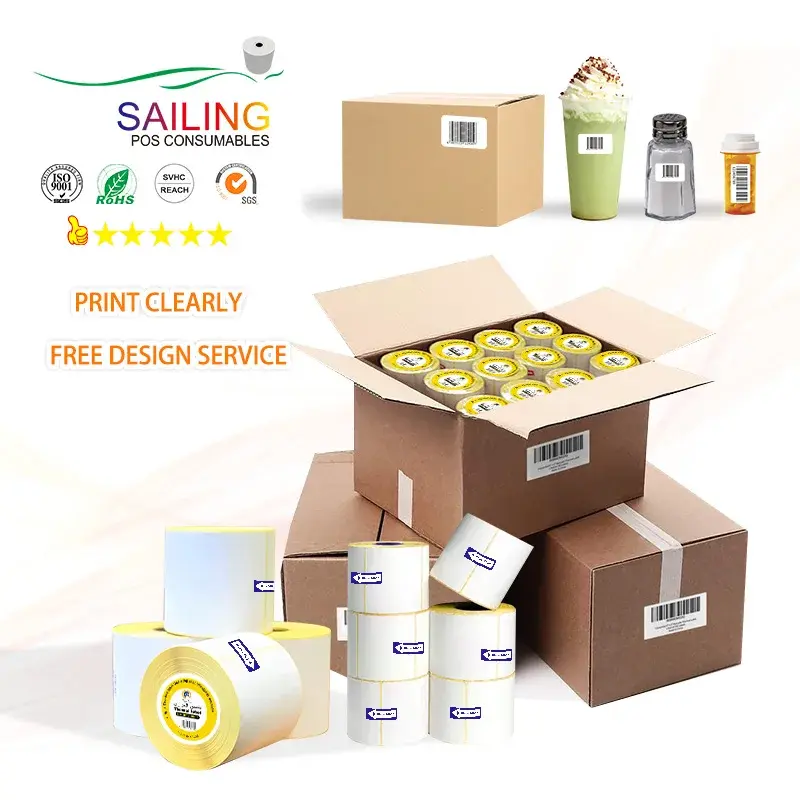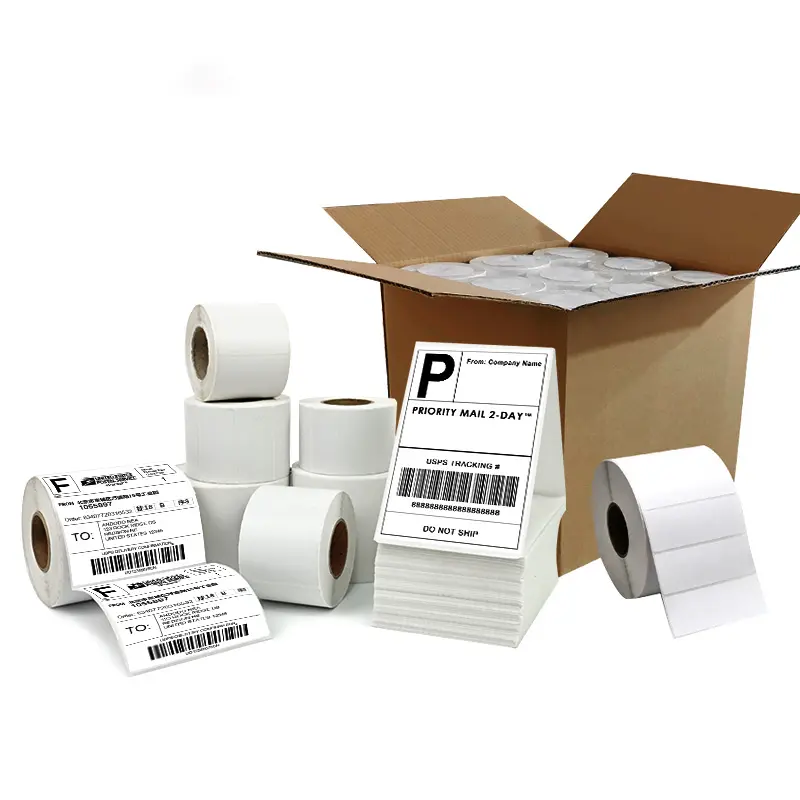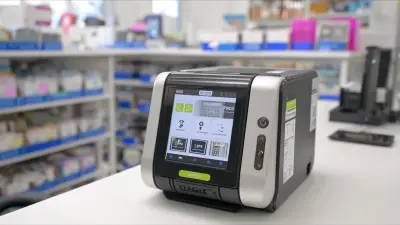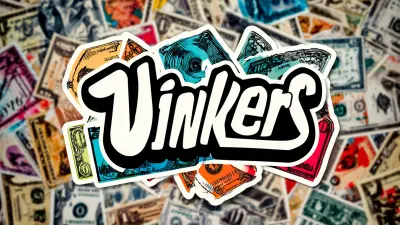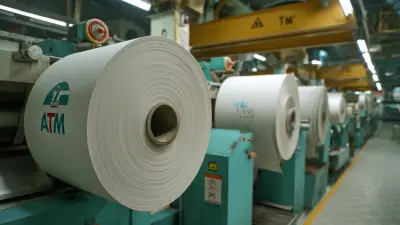Understanding Thermal Transfer Labels: Affordable Options from Leading Manufacturers
Enhance your business with high-quality thermal transfer labels designed for durability and precision. At ShenZhen Sailing Paper Co., Ltd., we specialize in manufacturing labels that utilize heat to transfer ink from a ribbon to ensure sharp images and barcodes that endure under various environmental conditions. Our state-of-the-art equipment and commitment to quality guarantee that each label fits your specific requirements. Suitable for retail, logistics, and manufacturing industries, our labels improve efficiency and enhance brand visibility. Partner with us for reliable, customized label solutions that elevate your brand and meet your operational needs.
In-Depth Analysis of Methods How Do Thermal Transfer Labels Work Sets the Industry Standard Where Innovation Meets 2025
In today's fast-paced global market, understanding the mechanisms behind thermal transfer labels is crucial for manufacturers and distributors alike. At Sailing, we have been at the forefront of printing and packaging solutions since our establishment in 2011. Our evolution from a localized paper converter to an international group, with production facilities in both China and Malaysia, is a testament to our commitment to innovation and quality. As we look towards the future, especially with innovations set for 2025, it's vital for global buyers to grasp how thermal transfer labels function and the standards they set in the industry.
Thermal transfer labeling operates by using heat to transfer ink from a ribbon onto various substrates, ensuring durability and clarity in labeling. This method is not only efficient but also versatile, making it ideal for a wide range of applications in industries such as logistics, retail, and manufacturing. The precision and reliability of thermal transfer labels are pivotal for businesses that depend on consistent branding and product identification. As we push towards 2025, Sailing remains dedicated to enhancing these technologies, ensuring our partners receive only the most advanced solutions tailored to their specific needs.
By choosing Sailing as your supplier for printing, packaging, and logistic consumables, you benefit from our extensive expertise and commitment to excellence. We understand that in a competitive landscape, the products you choose can set new standards for your operations. With our continual investment in research and development, we are shaping the future of thermal transfer labels, making them not just a labeling option, but a key component of operational success. Join us on this journey of innovation as we redefine industry standards together.
In-Depth Analysis of Methods How Do Thermal Transfer Labels Work Sets the Industry Standard Where Innovation Meets 2025
| Method | Description | Advantages | Applications |
|---|---|---|---|
| Direct Thermal Printing | Uses heat to print directly onto thermal paper. | No need for ink or ribbon, fast printing. | Shipping labels, receipts, and tickets. |
| Thermal Transfer Printing | Uses a thermal ribbon to transfer ink onto the label material. | Durable prints, higher quality images. | Asset tagging, chemical labeling, and food packaging. |
| Inkjet Printing | Sprays tiny droplets of ink onto the label surface. | Vivid colors, high-resolution images. | Labels for consumer products, signage. |
| Laser Printing | Uses a laser beam to fuse toner onto the label material. | Precise detail, durability. | High-volume label printing, barcodes. |
| Digital Printing | Produces high-quality labels directly from a digital file. | Flexible, quick turnaround for short runs. | Custom labels, small batches. |
Today's Choice of How Do Thermal Transfer Labels Work Custom Solutions, Factory
M
Michael Brown
I was impressed by the attention to detail in this product. Their after-sales service was nothing short of exemplary.
19
May
2025
A
Amelia Young
This purchase was a great decision. The quality is excellent and the service was prompt and professional.
15
May
2025
W
Wyatt Anderson
Impressive quality! The dedication shown by the customer support team was commendable.
06
June
2025
J
James Robinson
Amazing quality! The customer service representatives showed real expertise and care.
18
May
2025
S
Samuel Reed
Amazing purchase! The product quality is true to description, and the service was professional and helpful.
13
June
2025
S
Sophia Adams
Absolutely satisfied! The product quality matched my expectations, and the service was very personalized.
11
May
2025






 Thermal labels
Thermal labels

